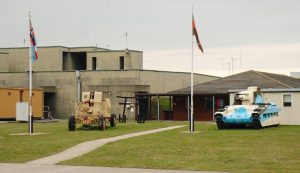It takes more than a command structure to deal with complexity


Over the years the military have had some unusual formations to cope with specialist threat or technologies. The Joint Chemical Biological Radiological Nuclear Regiment provides highly specialised and essential expertise in the increasingly important field of Weapons of Mass Destruction. To begin with the Regiment primarily consisted of the 1st Royal Tank Regiment and 27 Squadron RAF Regiment working in partnership. (That was changed by a subsequent Defence Review and it is now run by a unit of the RAF Regiment.)
The field of reconnaissance, detection and surveying of Weapons of Mass Destruction is technically and physically challenging, and in a very short time the Regiment has become recognised as world leaders in this area.
The challenges they faced were immense – high technology, rapid response dispersed potentially anywhere around the globe and all from a base in the UK.
Amongst issues identified were:
- the need to improve communication skills using non-verbal techniques, to be able to work with people from around the world in high-pressure situations
- creativity skills to allow the teams to come up with solutions on the ground
- need for improved cognitive skills.
We designed and delivered a series of workshops to address all of these in an integrated fashion. In particular using background knowledge of the military and its command structures to show the participants how what they were learning would dovetail with their organisational environment. The methods ranged from creative problem solving through to exercises in non-verbal communication and introduction to the concepts of style inventories and their impacts. In addition the teams were given ample opportunity to model ideas and test them. Overall a highly satisfactory outcome that helped the organisation to get to grips with its challenges.